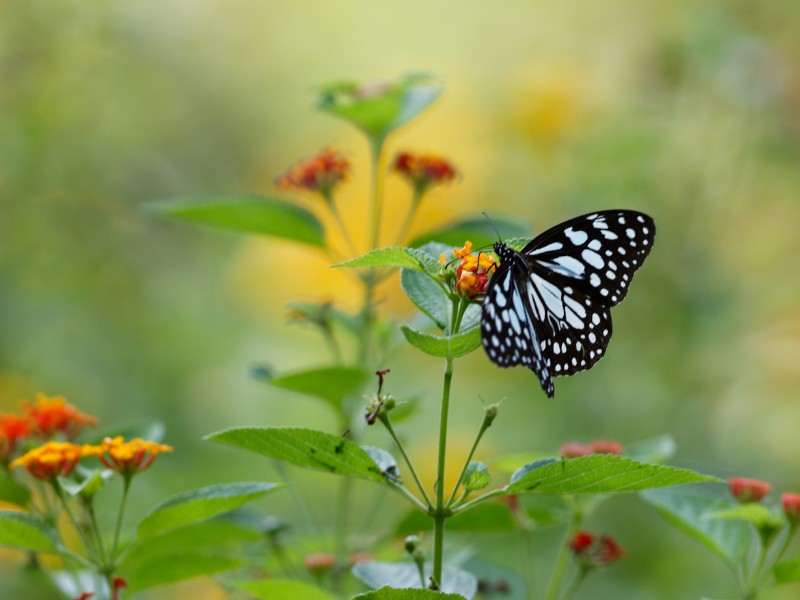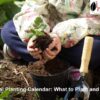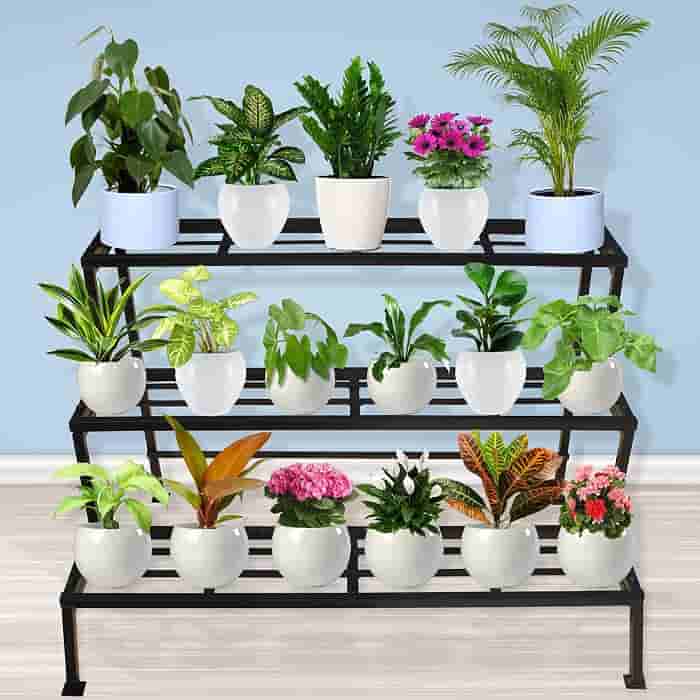Butterfly gardening is a delightful way to bring color, life, and beauty to your outdoor space while supporting local ecosystems. By planting a variety of flowers and plants that attract butterflies, you create a sanctuary for these fascinating insects. Choosing the right plants is crucial to attract and sustain butterflies throughout their lifecycle. The best plants for a butterfly garden, ensuring your garden is a haven for these pollinators.
What is a Butterfly Garden?
A butterfly garden is a specially designed space filled with plants that attract and support butterflies. The goal is to provide a habitat where butterflies can feed, reproduce, and thrive. A butterfly garden is more than just a collection of pretty flowers; it plays a vital role in local biodiversity by supporting both butterflies and other beneficial insects. By creating a butterfly-friendly environment, you not only enhance the beauty of your garden but also contribute to the conservation of these important pollinators.
Key Factors to Consider When Choosing Butterfly Garden Plants
Sunlight Requirements
Butterflies are sun-loving creatures, and they are most active in bright, sunny conditions. Similarly, most butterfly-attracting plants require plenty of sunlight to thrive. It’s essential to select a location in your garden that receives at least 6-8 hours of direct sunlight daily. This not only encourages the growth of vibrant flowers but also attracts butterflies, which rely on the sun to warm their bodies for flight.
Native vs. Exotic Plants
When planning your butterfly garden, consider whether to use native or exotic plants.
– Native Plants: Native plants are adapted to the local climate and soil conditions, making them easier to grow and maintain. They also support local butterfly species by providing the specific nectar and host plants they require. Native plants are typically more resistant to pests and diseases, reducing the need for chemical treatments.
– Exotic Plants: Exotic plants can add unique beauty to your garden and attract a wide range of butterfly species. However, they may require more care and maintenance and could potentially become invasive. It’s essential to research exotic plants to ensure they won’t disrupt the local ecosystem.
Blooming Period and Plant Variety
To keep butterflies coming to your garden throughout the year, choose plants with different blooming periods. A garden with continuous blooms provides a steady source of nectar for butterflies. Diversity in plant selection also attracts a variety of butterfly species, as different butterflies are drawn to different types of flowers. Aim to include early bloomers, mid-season flowers, and late-blooming plants to maintain a colorful, butterfly-friendly environment year-round.
Top Butterfly Garden Plants to Attract Butterflies
To attract butterflies, it’s important to plant both nectar-rich flowers for adult butterflies and host plants for caterpillars.
Nectar Plants for Butterflies
Nectar plants provide the energy-rich nectar that butterflies feed on. Here are some top choices:
Buddleia (Butterfly Bush)
– Description: Known for its long, fragrant flower spikes, Buddleia is a favorite among many butterfly species.
– Benefits: Its nectar-rich flowers bloom throughout summer and into fall, providing a continuous food source.
– Care Tips: Plant in well-drained soil in a sunny location. Prune annually to encourage new growth and flowering.
Lantana
– Description: Lantana produces clusters of small, colorful flowers that butterflies love.
– Benefits: This plant is drought-tolerant and blooms profusely, offering ample nectar.
– Care Tips: Plant in full sun with well-drained soil. Lantana is hardy and requires minimal care once established.
Coneflower (Echinacea)
– Description: Echinacea, or coneflower, is a hardy perennial known for its large, daisy-like blooms.
– Benefits: Its long blooming period and easy-care nature make it ideal for attracting butterflies.
– Care Tips: Plant in full sun and well-drained soil. Deadhead spent flowers to prolong the blooming season.
Milkweed (Asclepias)
– Description: Milkweed is a vital host plant for monarch butterflies and produces clusters of pink, orange, or white flowers.
– Benefits: In addition to being a host plant, its flowers provide nectar for a wide range of butterfly species.
– Care Tips: Plant in full sun and well-drained soil. Milkweed is drought-tolerant and thrives in poor soils.
Host Plants for Caterpillars
Host plants are essential for butterflies to lay their eggs and provide food for their caterpillars. Here are some top choices:
Parsley, Dill, and Fennel
– Benefits: These herbs are excellent host plants for swallowtail butterflies, whose caterpillars feed on the leaves.
– Care Tips: Plant in full sun to partial shade with well-drained soil. These plants can be grown in the garden or containers.
Passionflower
– Benefits: Passionflower serves as a host plant for Gulf fritillary butterflies, providing both nectar and a place for caterpillars to feed.
– Care Tips: Plant in full sun to partial shade with well-drained soil. Passionflower can climb trellises, adding vertical interest to your garden.
Spicebush (Lindera benzoin)
– Benefits: Spicebush is a native shrub that serves as a host plant for spicebush swallowtail butterflies.
– Care Tips: Plant in partial shade to full sun with moist, well-drained soil. Spicebush is relatively low-maintenance and provides year-round interest.
Creating the Perfect Butterfly Habitat
To create a truly butterfly-friendly garden, consider the following elements:
Water Sources and Butterfly Puddling Areas
Butterflies need water to drink and for minerals and nutrients. A shallow dish with water or a puddling area—an area with moist sand or mud—can provide the necessary hydration and minerals for butterflies. To create a puddling area, fill a shallow dish with sand and keep it moist. You can add a bit of salt or overripe fruit to attract more butterflies.
Shelter and Protection
Butterflies need shelter from the wind and protection from predators. Planting shrubs or small trees around your garden can provide shelter. Additionally, avoid using pesticides and chemical treatments, as these can harm butterflies and other beneficial insects. Instead, focus on natural pest control methods and create a safe haven for butterflies.
Seasonal Maintenance Tips for Your Butterfly Garden
Maintaining your butterfly garden requires some seasonal care to ensure it remains a vibrant, butterfly-friendly environment.
Spring and Summer Care
– Planting and Watering: Spring is the perfect time to plant new nectar and host plants. Ensure that your plants receive adequate water, especially during dry spells.
– Deadheading and Pruning: Regularly deadhead spent flowers to encourage new blooms. Prune plants as needed to maintain their shape and health.
Fall and Winter Care
– Preparing for Colder Months: As the weather cools, cut back perennials and remove any dead or diseased plant material to prevent pests and diseases.
– Encouraging Overwintering Butterflies: Leave some leaf litter and plant stems intact to provide winter shelter for overwintering butterflies and their larvae.
Conclusion
Creating a butterfly garden is a rewarding way to enhance your outdoor space while supporting local ecosystems. By choosing a mix of nectar-rich and host plants, providing water sources, and maintaining a healthy environment free of chemicals, you can attract a variety of butterfly species to your garden. With the right plants and care, your garden can become a vibrant, butterfly-friendly oasis that benefits both your enjoyment and the environment. Start planting today and watch your garden come to life with the beauty of butterflies!










Recent Comments